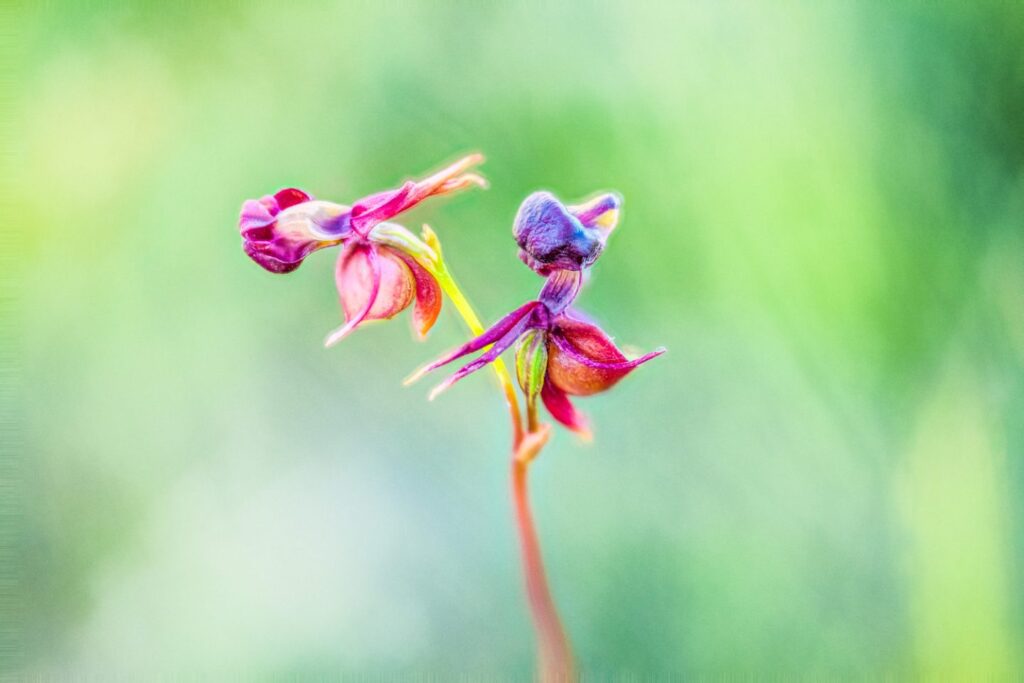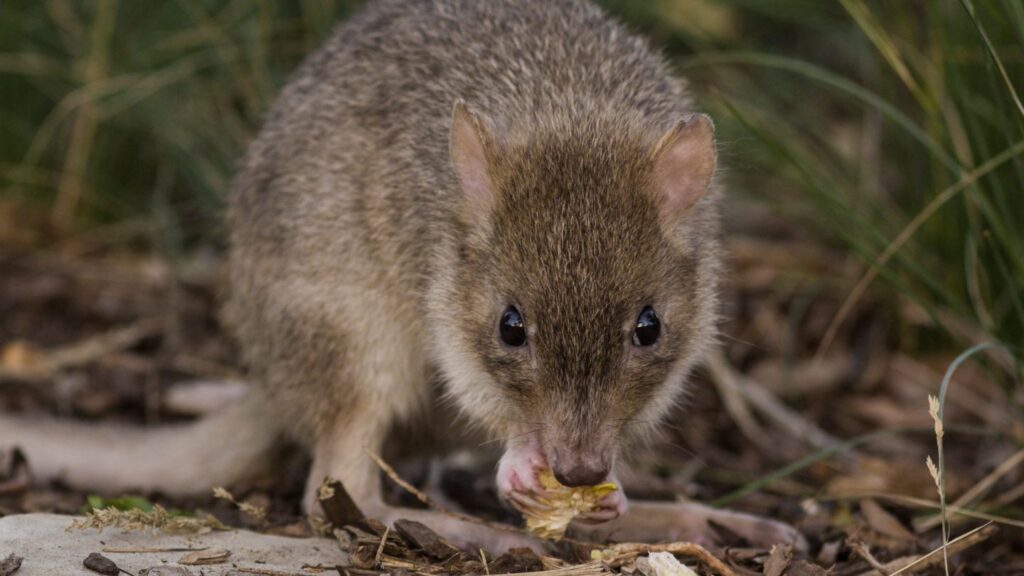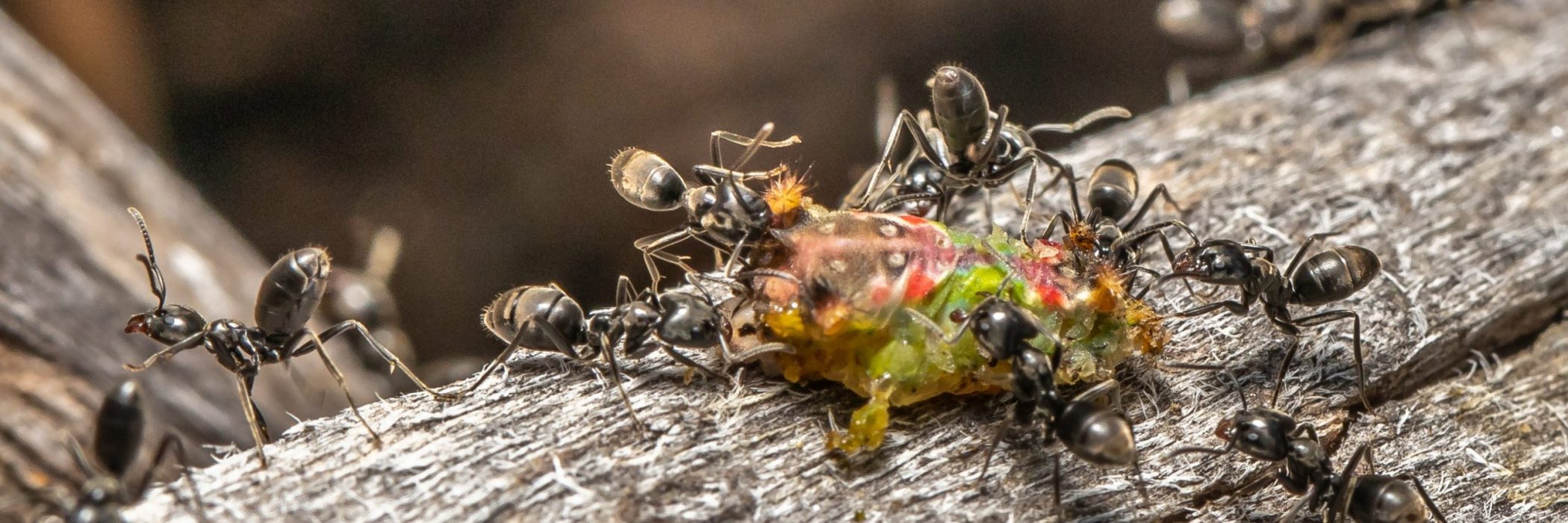Intertwined lives
I was moved recently by a conversation with one of our TLC supporters, describing a story from another supporter, about the drunkenness of blue butterflies on cider gum sap. It reminded me of the complex relationships between some of the blue (Lycaenid) butterfly species and ants, where the ants will sometimes take responsibility for the rearing of Lycaenid larvae. And this set me to thinking about a word I had only just learned from another storyteller.
Sympoiesis, meaning ‘making with’, is an extension of the more familiar concept of symbiosis. Championed by the eclectic thinker and theorist Donna Haraway, sympoiesis pays tribute to, but builds more complex figures with, the oft-ignored work of Lyn Margulis, who pioneered the idea of a symbiotic origin of the animal cell in the coming together of distinct microbial species. Though it took several decades, symbiosis is now recognised more generally as a powerful player in evolution and ecology.

On our reserves, symbiosis can be found in the stomachs of Bennett’s wallabies, where a fertile mix of protists, bacteria and fungi help digest the cellulose that forms the basis of payathanima’s diet. It can be found in the entanglements between bettongs, native truffles and eucalypts. Gums require these hypogeous fungi to extract the nutrients from our soils, and the truffle’s spores are spread by the bettong’s widespread foraging.
Buttongrass and burrowing crayfish are also thought to live in symbiosis, with the crayfish diggings aerating the soil to improve conditions for buttongrass whose roots are eaten by the cray. And of course let’s not forget the many species of orchid, which are the poster children of sympoiesis and symbiosis. Our native orchids form many complex relationships between mycorrhizal fungi (orchid seeds been too small to supply their own nutrition) and a diverse crowd of pollinators, many of which the orchids have learned to mimic, if not in their physical form, then with complex scent chemicals. This perhaps best illustrates the extended concept of sympoiesis, where orchids, fungi and pollinators’ lives have become intertwined over deep time. Or maybe the best illustration is a kaleidoscope of butterflies drinking sap, the image vibrating along a short thread of storytellers.

Of course, sympoiesis is more than just a feature of the ‘natural’ kingdom. Sympoiesis describes the ways in which our reserves come into being, are managed and enjoyed. The rich connections between supporters, community, government departments, title deeds, contracts, scientists, scientific instruments, investment products, hunters, explorers, invasive and native species, databases, road builders, synthetic garments, tools and equipment, wood hookers etc, create complex ‘string figures’ that bind the fate of people, landscapes and institutions together. Climate change makes a myth of the autonomous individual as it forces the recognition that we are all in this mess, a mess of our own making, together. Solutions will require sympoiesis across international boundaries, cultures and faiths.
Donna Haraway describes it as ‘staying with the trouble’, committing to these entanglements that are never easy, that are never anything but the birth of new forms, new ways of being. It would be fantastic to think that the scientists working at the TLC will get to elucidate some of the rich symbiotic relationships that have yet to be discovered occurring across our reserves, before they are possibly unpicked by the intrusions of climate instability. But it’s clear that ‘making with’, will be at the core of the TLC mission for as long as we continue to conserve, study and celebrate the precious landscapes of Tasmania.
Nathan Sidney Business Coordinator
Banner photo of ants and a cupmoth at Tinderbox Hills Reserve is by Tim Rudman



